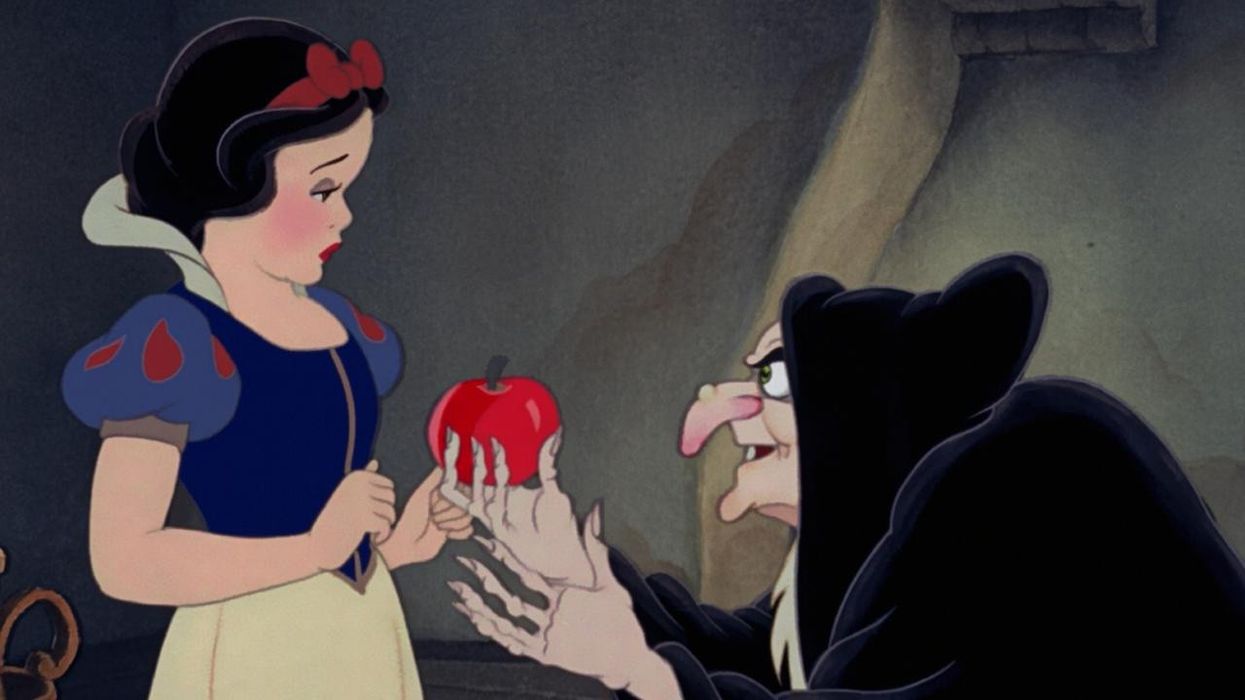Balancing Realism and Fantasy: What's the Key to the Success of Disney's 'Snow White'?
How did Walt Disney manage to turn his first animated feature into one of North America's top ten highest-grossing films of all time?

Animated films have become a mainstay of the film industry, with titles like Despicable Me 3 and Coco not only grossing nearly $2 billion dollars worldwide but receiving accolades at the Academy Awards and Golden Globes. But it wasn't always this way. In the early days of animation (the 1910s to the late-1920s), feature-length films weren't considered to be the major theatrical events that they are today, that is, until Walt Disney released his first feature under Walt Disney Productions in 1937, Snow White and the Seven Dwarves.
The film became a rousing success, earning almost $8 million at the international box office after its initial run. It not only received an honorary Oscar at the 11th annual Academy Awards but it impressed legendary Soviet filmmaker Sergei Eisenstein so much that he, according to Roger Ebert, called it the greatest film ever made.
But what about the film made it capture the hearts and imaginations of so many, effectively turning Disney and his most beloved animated characters into internationally recognized icons? In this video essay, 100 Years of Cinema explores the history of Snow White's production and breaks down many elements of the film in hopes of uncovering the secret behind its cultural and emotional success.
Though Snow White wasn't the first animated film to ever be produced, its production value far surpassed those of its predecessors. Shifting from the, with lack of a better word, cartoonish look typical of animated films of the 1920s and 1930s, Disney decided to a dual animation style, one in which certain characters, including protagonists, heroes, and villains were drawn with realistic proportions and faces while supporting characters and comedic characters were drawn as caricatures.
As you can see in Snow White, the Prince, the Evil Queen, and Snow White are all drawn in a more realistic way, with their bodies, faces, and movements made to resemble those of real humans, while the seven dwarves, the Huntsman, and the Evil Queen after her transformation into the hag are all drawn as caricatures, with big facial features, hands, and feet.
It may seem like an inconsequential stylistic decision, but this balance between realism and fantasy is one of the keys to the success of the film. During production, many critics panned Disney's desire to bring an animated film to the big screen, stating that audiences would get bored or sick watching an hour and a half of cartoons. In response, Disney understood that he'd have to find a way to not only capture the audience's attention but also keep it throughout the film's entire runtime.
Disney knew he had to help his audience form an emotional attachment to the characters, something that proved to be much more challenging in animation. How does one care about a being that isn't real?
His solution was to infuse his fantastical worlds with enough realism that his audience could empathize with his characters. He gave certain animated characters, namely the ones in which he wanted the audience to connect to on an emotional level, a sense of humanity by drawing them in a realistic way. He used certain camera moves that mimicked the techniques of live-action films. He asked his animators to study real-life body movements so they could give each character a more human presence.
Another aspect of the film's production that closed this "emotional gap" was the use of the multiplane camera. The one invented by William Garity specifically for Walt Disney Productions in 1937 used up to seven layers of cells, and animators would stack each cell on top of one another to give the illusion of depth and realism. One particularly interesting use of the multiplane camera is in the scene where the Evil Queen drinks the potion that transforms her into the hag. By moving the foreground and background layers in opposite directions, animators were able to create a "vortex" illusion in which the picture appears to almost be in 3D. You can see this effect at about the 1:38 mark in the video below:
Snow White's ability to make audiences feel and care about its animated characters, to ignite hearts and imaginations in a way no other animated film had done before is due largely to Walt Disney's revolutionary approach to filmmaking. By turning Snow White into a relatable character that can be loved and rooted for, he effectively turned animation into a genre, one that is stronger, and more emotional, than ever.
Source: 100 Years of Cinema











